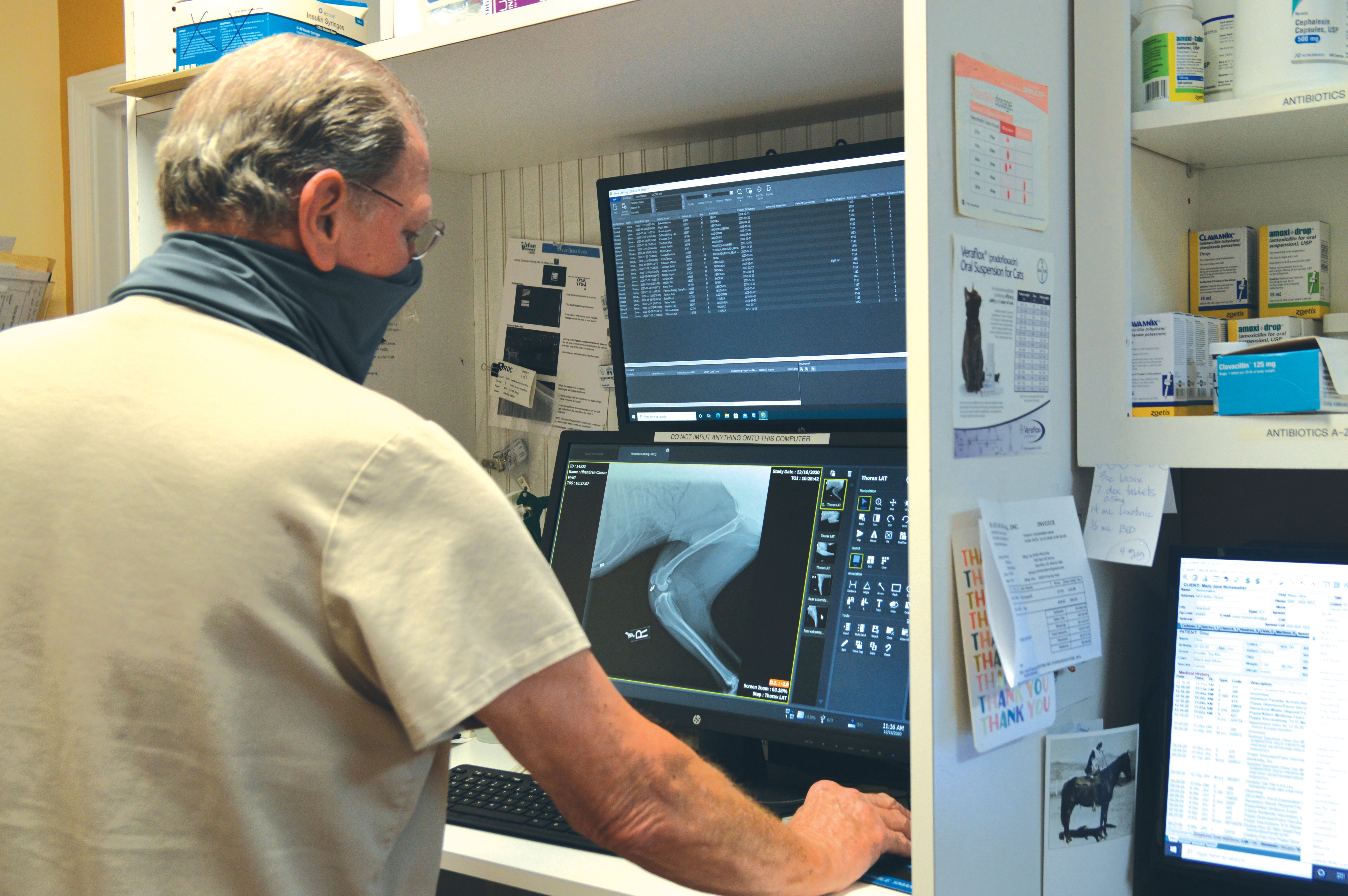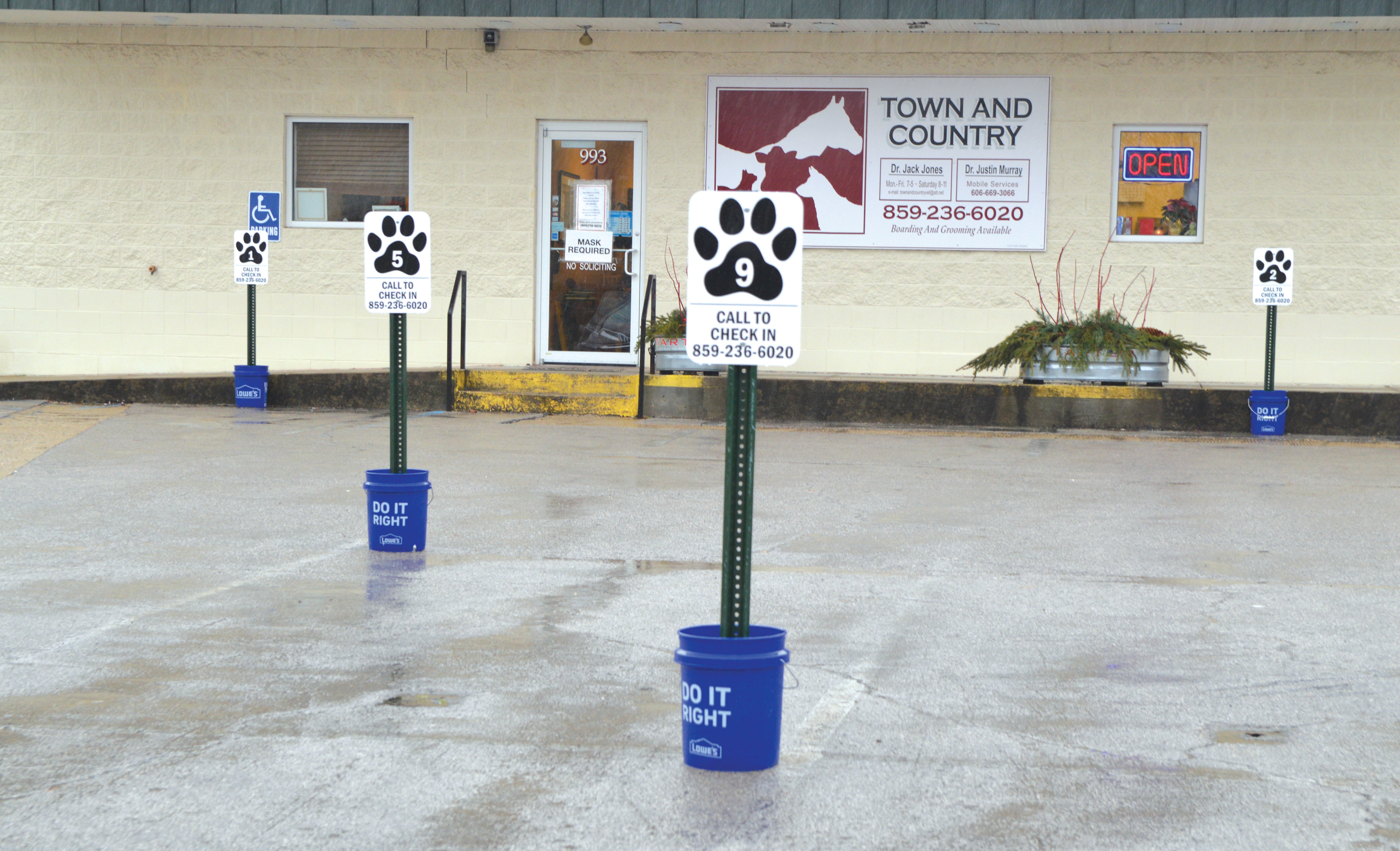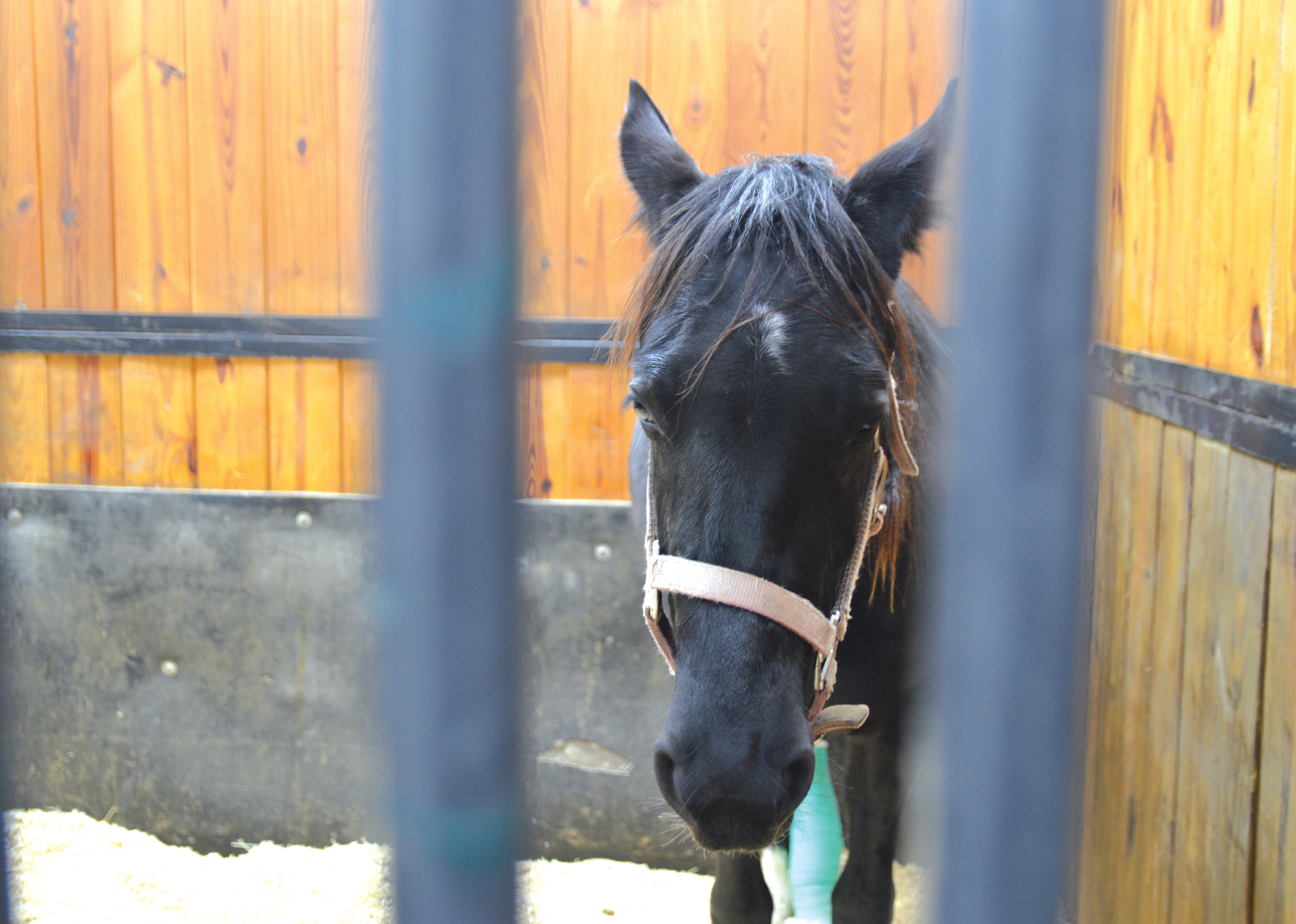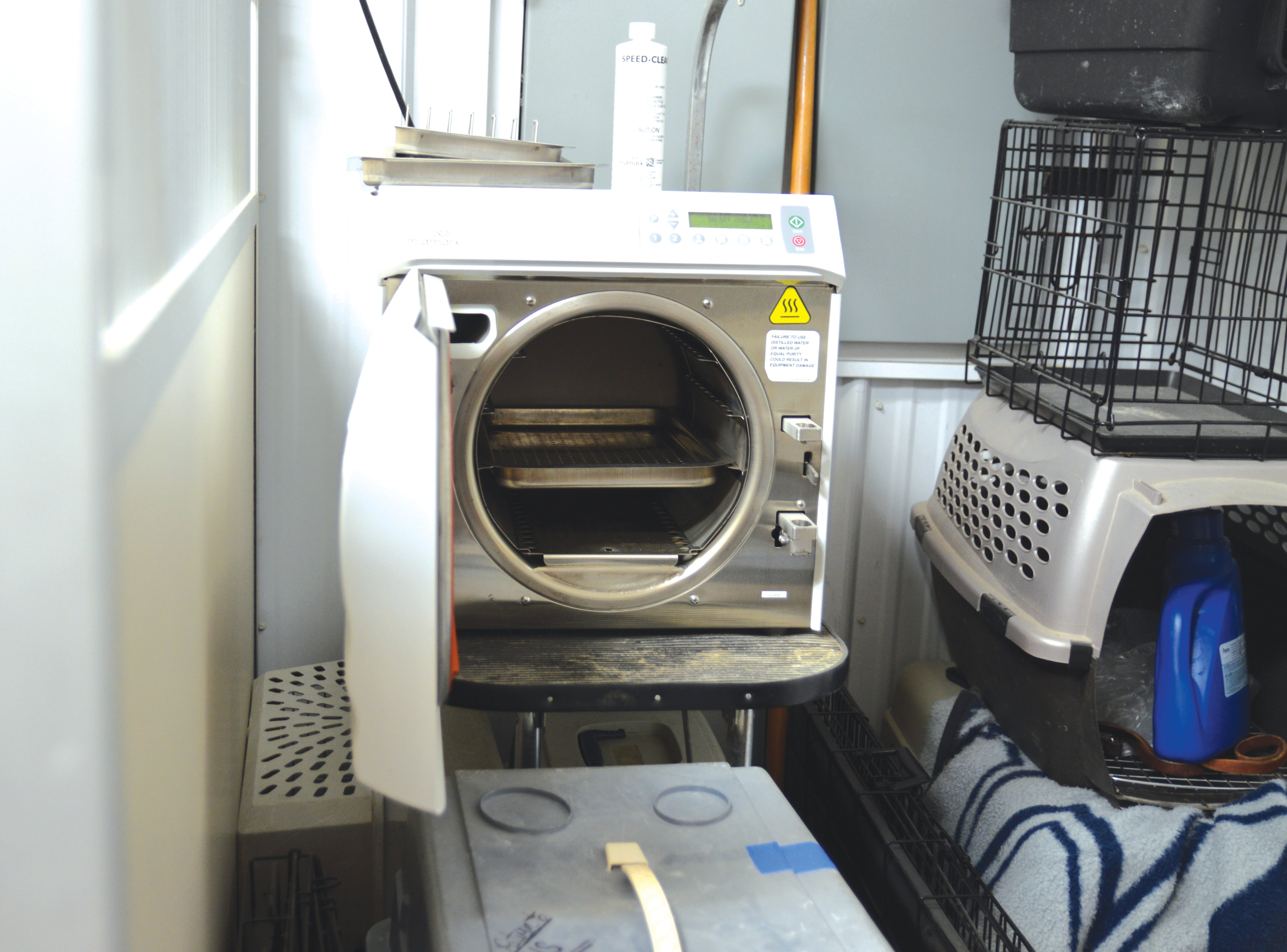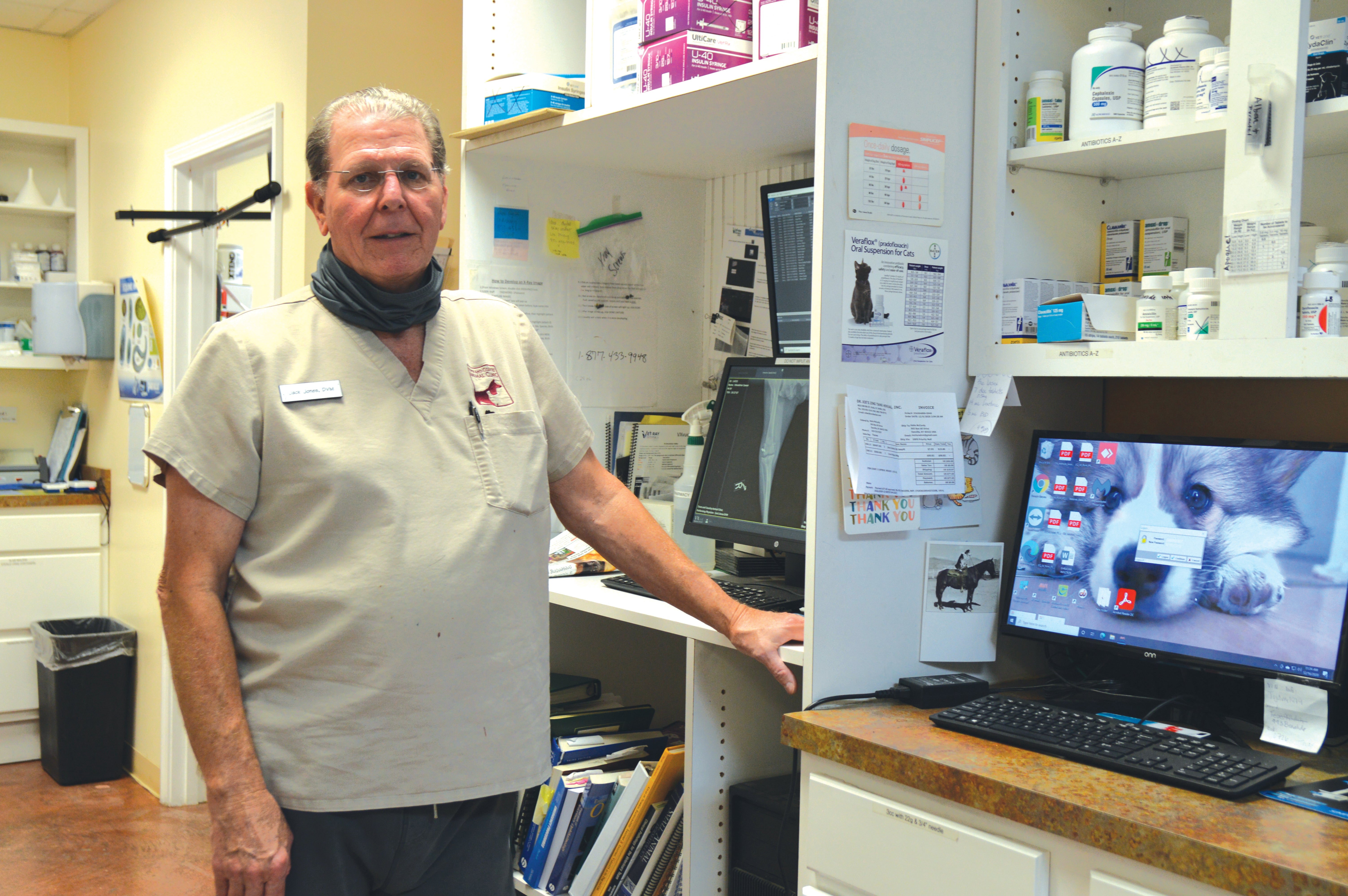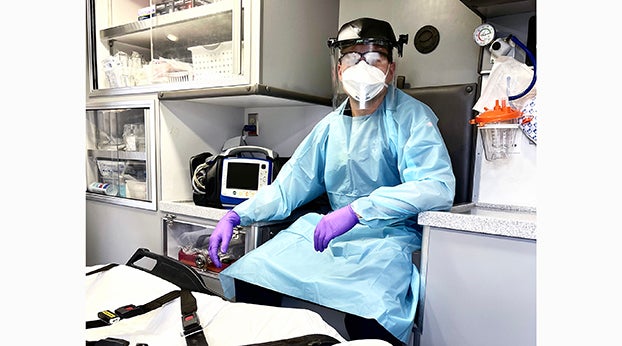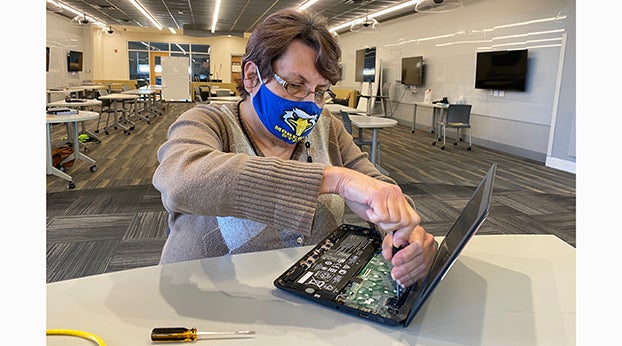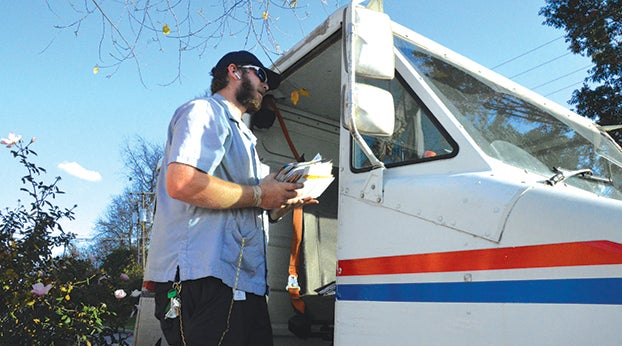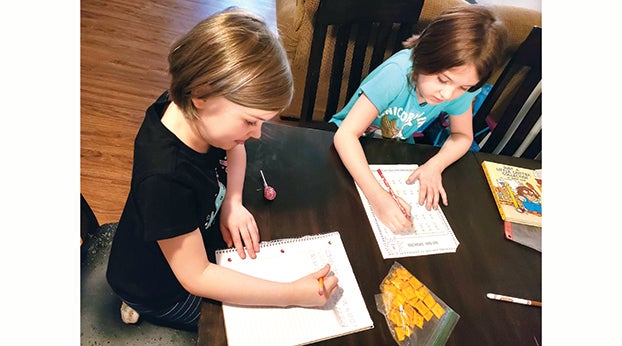PROGRESS 2021:
Caring for animals during a pandemicPublished 5:19 pm Tuesday, March 9, 2021
During the pandemic, Town and Country Animal Clinic had their busiest year ever, said hospital manager Julie Jones. Perhaps it’s been because people have more time at home with their pets, she said.
“Since we were considered essential, we didn’t slow down,” she said.
One of the ways the clinic stayed busy is it helped the Danville-Boyle County Humane Society with animals’ vaccinations — rabies vaccines are required by law — and spaying and neutering, since the only way the humane society can adopt out animals is if they are spayed or neutered, depending on the sex of the animal, said Jack Jones, a veterinarian at the clinic who is also Julie’s husband.
Jack said one thing that has been helpful to the clinic during the pandemic is the fact that some of their PPE used for surgeries, like gowns and drapes, is reusable and sterilized after surgeries at the clinic, so during a time when the pandemic was hitting PPE supply at some other local animal clinics that used only disposable equipment, Town and Country was able to keep sanitizing and reusing theirs. At one point Town and Country was having difficulty getting surgery gloves, but Julie said things turned around once the clinic found a different manufacturer. Mask supply was also fairly steady for the clinic.
For a while starting in March, Julie said clients couldn’t come into the clinic at all. The clinic followed and continues to follow Centers for Disease Control and Prevention and Kentucky Veterinary Medical Association guidelines to run business. Staff and vets went out into the parking lot, often making multiple trips outside no matter the weather for each client.
For the months that followed, clients have been allowed in the clinic but only two have been allowed in the waiting room at a time, everyone wears a mask and clients have called to check in so rooms can be cleared for their animals and so they are not walking in at random, Julie said.
“It’s been challenging, but we’re making it work,” Julie said. “And our clients have been great. We just keep lines of communication open and explain to them we don’t want to get in trouble; we don’t want anybody to get sick.”
Julie said when the pandemic began, operations in the clinic were very difficult for staff at first. For example, when they were operating out of the parking lot, a technician had to go out to the client’s car, get the patient history, get the patient and bring it in, the vet would look at the animal, and they’d call the client or go out to the parking lot to explain what they were doing and what they saw and come up with a plan with the client. Then they’d have to come inside, invoice clients out and take clients’ method of payment back to them if needed.
“It was pretty hard on them (staff) at first,” Julie said. “It really was. We were running them ragged. I felt really bad about the situation, and they were also pulling extra days. On their days off, we’d just beg them to stay and get overtime because we just couldn’t keep up at first. But it’s better now.”
Julie said after the clinic was again open to clients, just with restrictions, most clients wanted to work directly with the staff and vets and not from the parking lot. However, Julie said they can choose to work with the clinic from the parking lot, and several of their elderly or immunocompromised clients have chosen to stay in the parking lot instead of coming into the clinic.
Jack said another development that happened during the pandemic is when schools were closed to in-person learning, staff brought their children to work. The kids used the clinic Wi-Fi, which Jack said is high-quality, and they spread out to practice social distancing around the offices and in a back room where large animals are cared for in the clinic.
“I think the hardest thing is on the kids,” he said. “And the parents because they’ve got to drag them to work.”
There have been many appointments each day during the pandemic, Jack said, around 30 to 40, which includes everything: grooms, drop-offs, baths, surgeries and appointments. Though only a couple of clients are allowed in the building at once esepcially since there are only two exam rooms, multiple animals can be inside at once, especially if they are in the kennel or are waiting to become ambulatory after surgery and have to lie cuddled in blankets until they can return to their humans.
Jack said one of the largest hurdles to tackle during the pandemic has been trying to establish the best form of communication with clients, especially since some clients don’t have cell phones, and the clinic was operating out of the parking lot at first, with wait times sometimes 30 to 40 minutes long.
“Communicating with somebody about their pet is something that’s a one-on-one thing,” Jack said.


